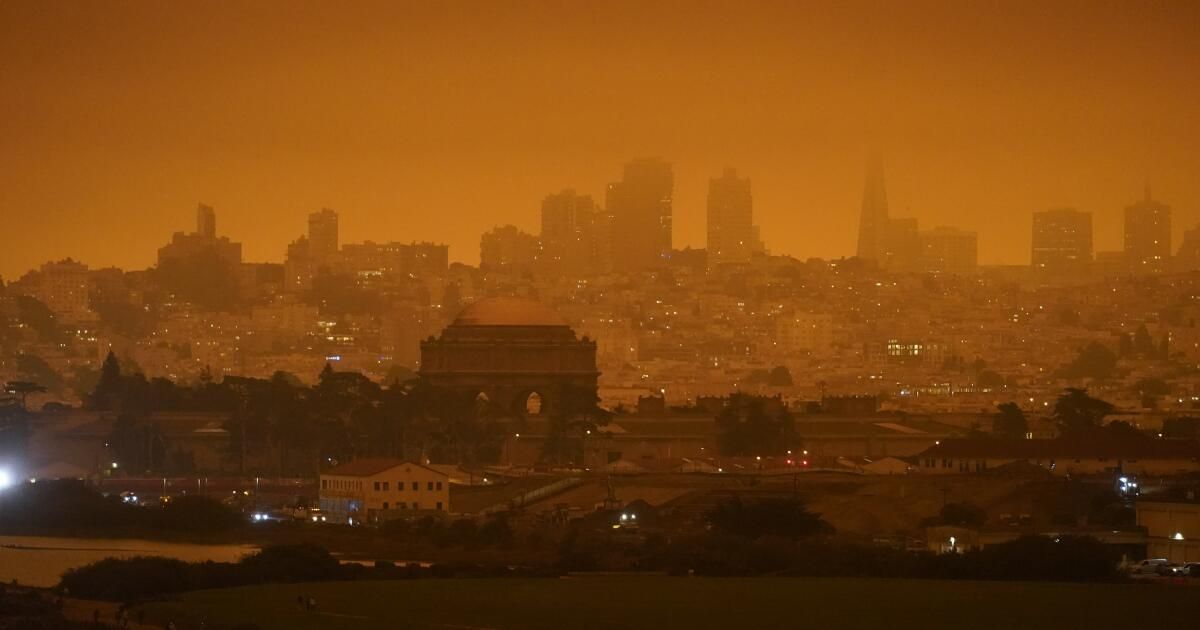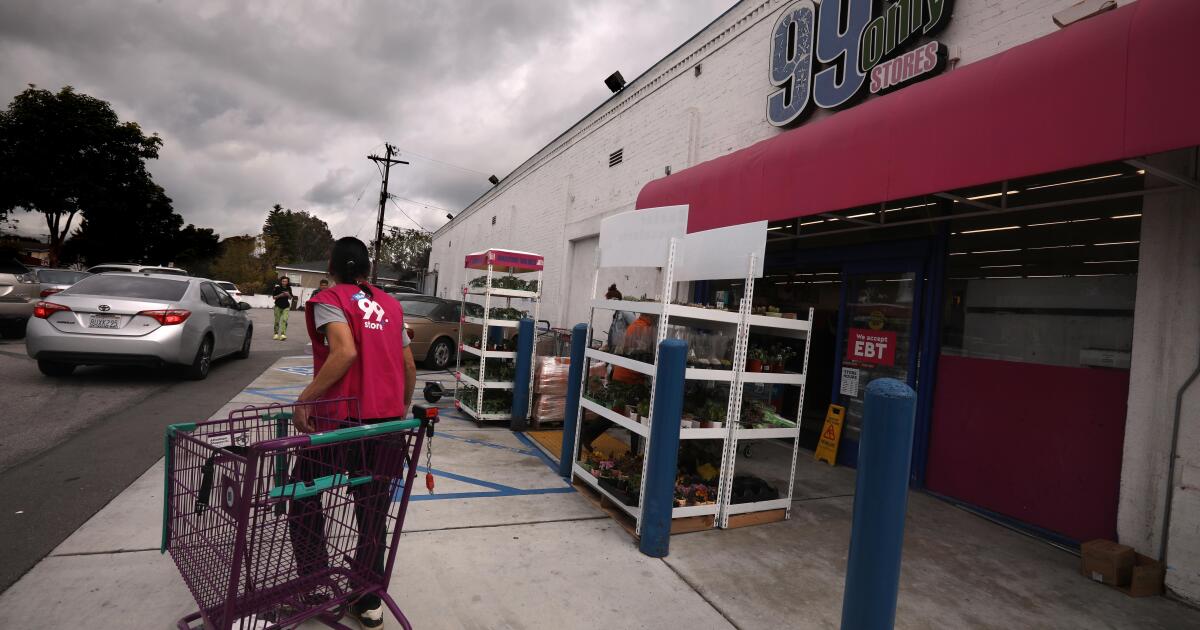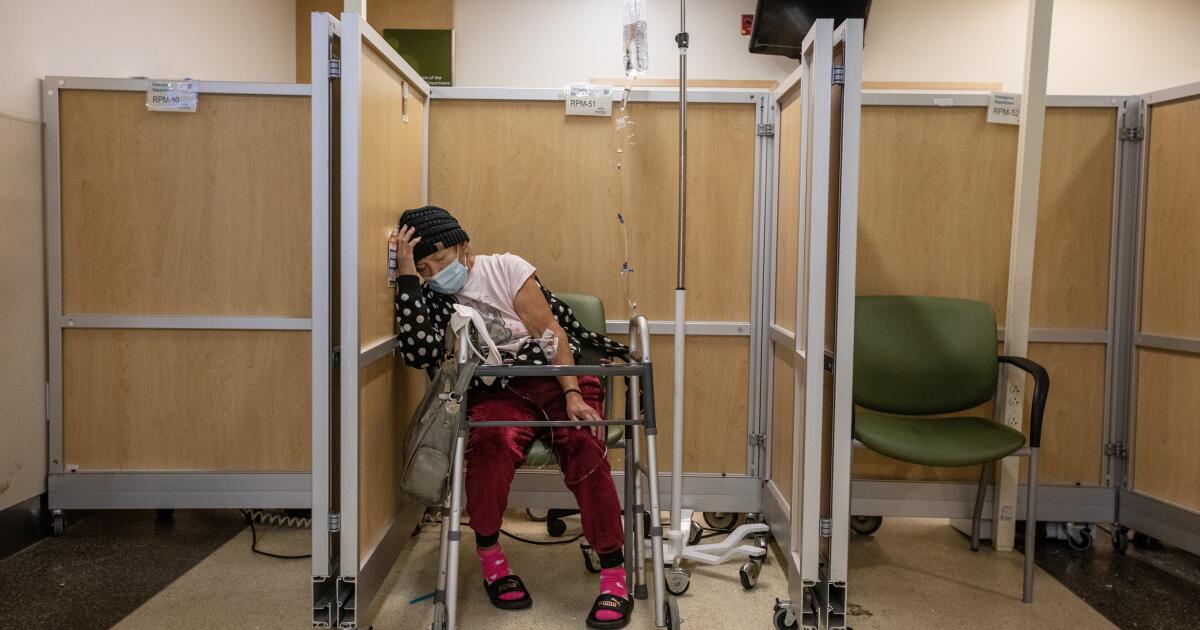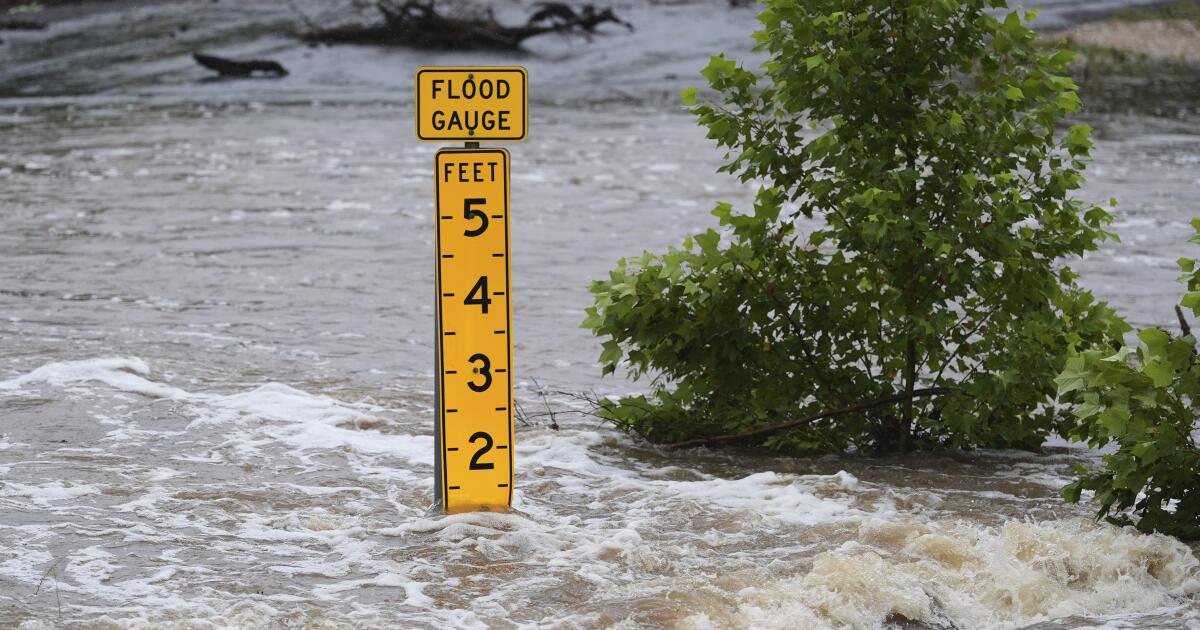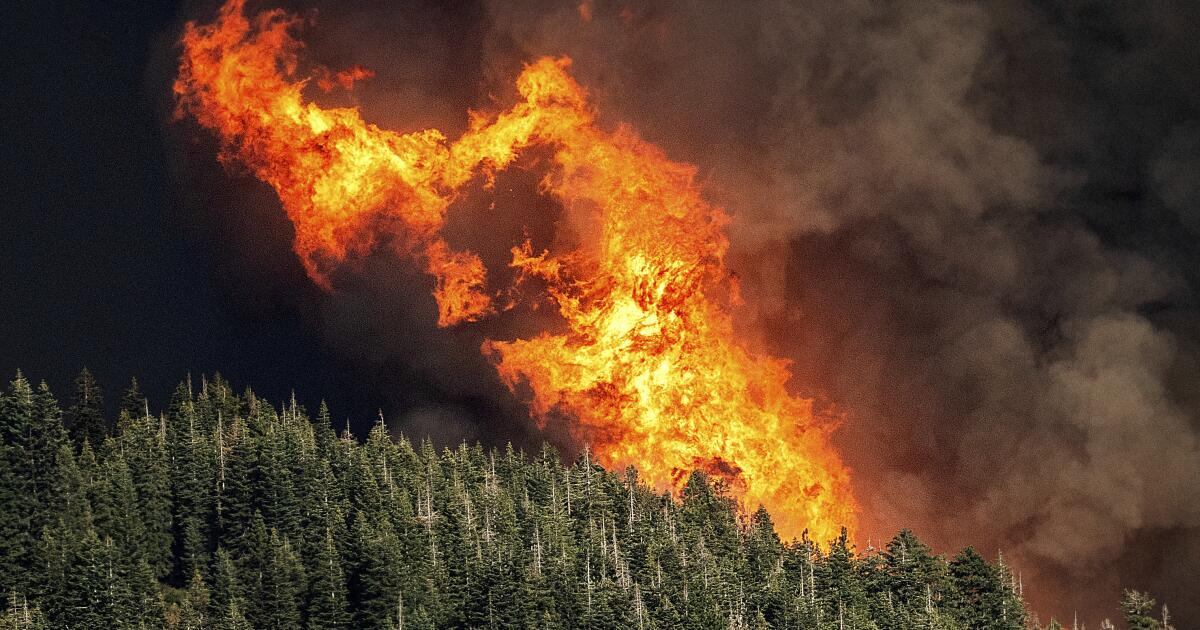When wildfires occur, the immediate threat is obvious, but wildfire smoke kills far more people than the flames. It doesn't have to be so deadly.
As fires become more frequent, the smoke is causing a public health crisis, likely contributing to More than 52,000 premature deaths We recently found that in California between 2008 and 2018, those deaths caused by wildfire smoke are associated with a Economic impact of more than $430 billion. In years with high fire activity (2017 and 2018, for example), wildfire smoke contributed to more than 10,000 deaths a year in California. For comparison, approximately 4,000 people die in California due to traffic accidents every year.
The risk and severity of wildfires have increased as The climate has changed and how More people have moved to the edges of wilderness areas.increasing the risk of fires. Years putting out all the forest fires has He also kept small fires to clear the undergrowth, that is, the fires that escape have more fuel to burnAll of this translates into more smoke that harms more people.
Efforts to prevent and manage wildfires will not be enough to prevent such casualties, but there are steps officials can take to adapt to this new reality and protect Californians from smoke.
Decades of research on air pollution have shown how exposure to fine particles can damage a person's long-term healthThese tiny particles, each of them just one fraction of the width of a human haircome from a variety of sourcessuch as vehicle exhaust and factory emissions, as well as other sources including fires. The particles are so tiny that they can reach deep into the lungs and even enter the bloodstream.
Inhaling fine particles can cause short-term respiratory problems in vulnerable populations, such as people with asthma and older adults. In part, by causing inflammation, it also contributes to chronic diseasesincluding heart disease, asthma, decreased lung function, and diabetes.
Smoke from forest fires contains a stew of chemicals which appears to be exceptionally toxic and potentially more harmful to human respiratory health than typical particles in urban environments. A UC Davis study showed that smoke from wildfires caused more inflammation in the lungs of rats than particles from other sources, such as automobiles and industry.
This threat extends far beyond the fires themselves. Most wildfires occur in rural, forested areas, but smoke can travel hundreds or thousands of miles, causing health effects to extend to population centers. Severe fire of 2015 Wildfires burned more than 150,000 acres in a mostly rural area of Fresno County, but the biggest spikes in mortality that year were in a more populated area of the county and throughout the San Joaquin Valley. In 2018, the year the town of Paradise and several other communities burned, wildfire smoke may have killed 12,000 people Californians prematurely.
There are some things we can do as individuals to protect ourselves from this threat. Californians can consult a resource such as the AirNow Fire and Smoke Map from the EPA and Forest Service or the PurpleAir Map to get an idea of whether it is safe to be outdoors, and if there is smoke in the area, we can wear a mask outdoors and Avoid exercising outdoors. We can use Certified air purifiers in our homes when the air quality is poor.
The most important lessons to be learned from the new understanding of wildfire smoke are for government leaders. Our federal, state, and local governments need to Investing in coordination Forest management, wildland-urban interface management, and climate change mitigation could yield significant public health benefits by reducing the frequency and severity of wildfires and smoke exposure. And we must invest in protecting Californians from the now-unavoidable wildfire smoke through adaptations like air filtration in schools and other public buildings.
Leaders must recognize that while it is too late to prevent this crisis, it is not too late to save lives.
Rachel Connolly is director of research projects on air quality and environmental equity at the UCLA Luskin Center for Innovation. Michael Jerrett is professor of environmental health sciences at UCLA. This article was produced in collaboration with the conversation.

